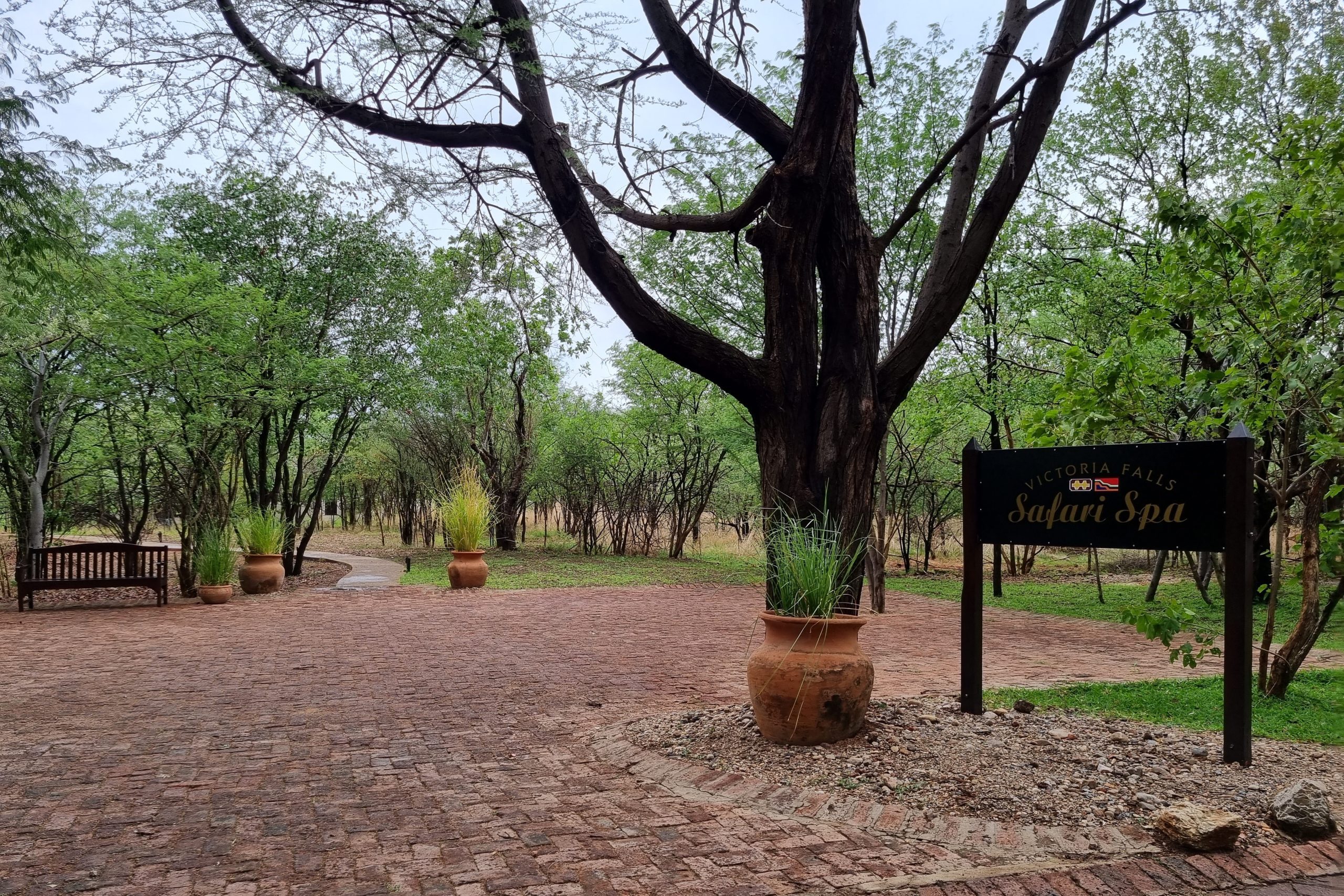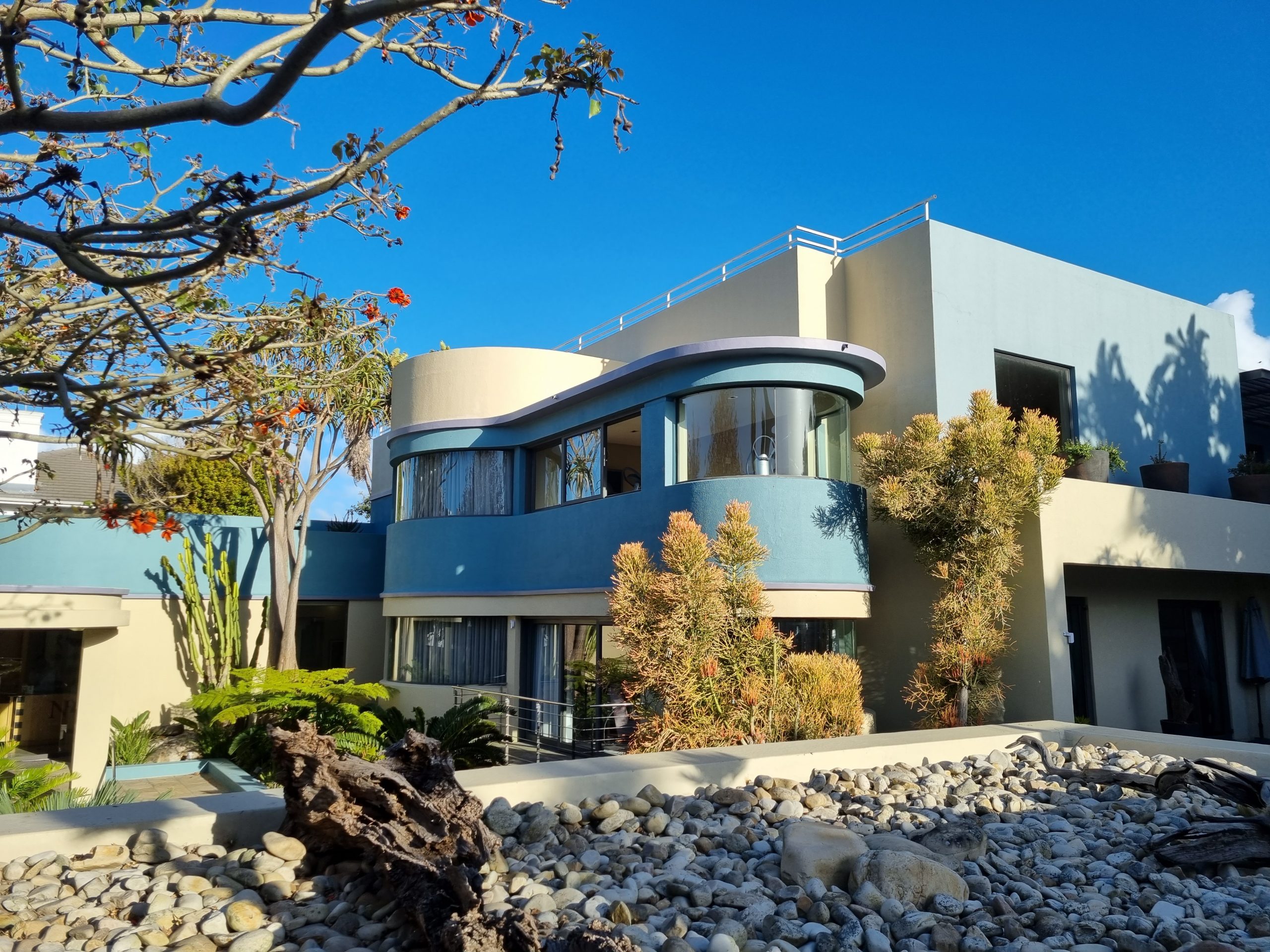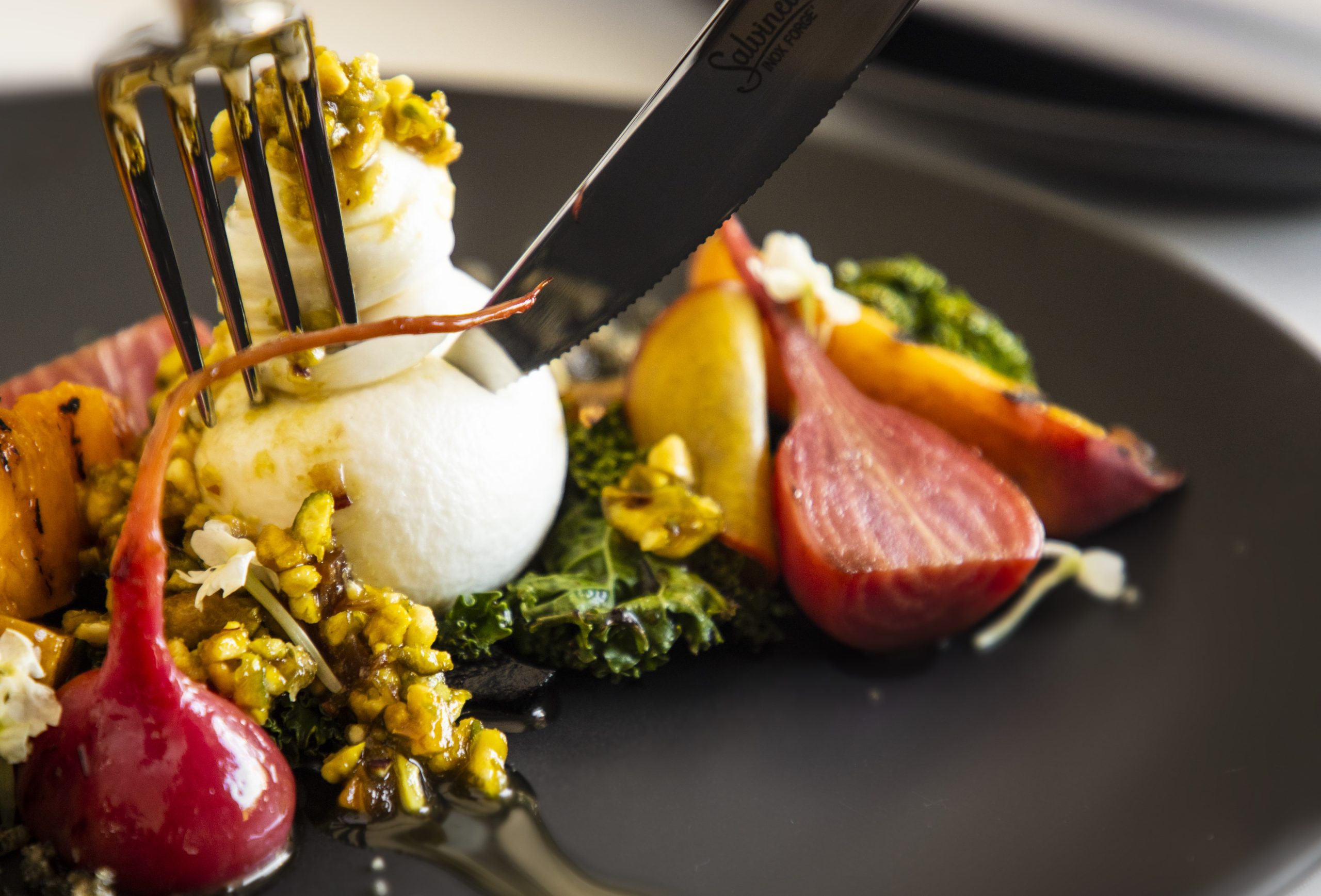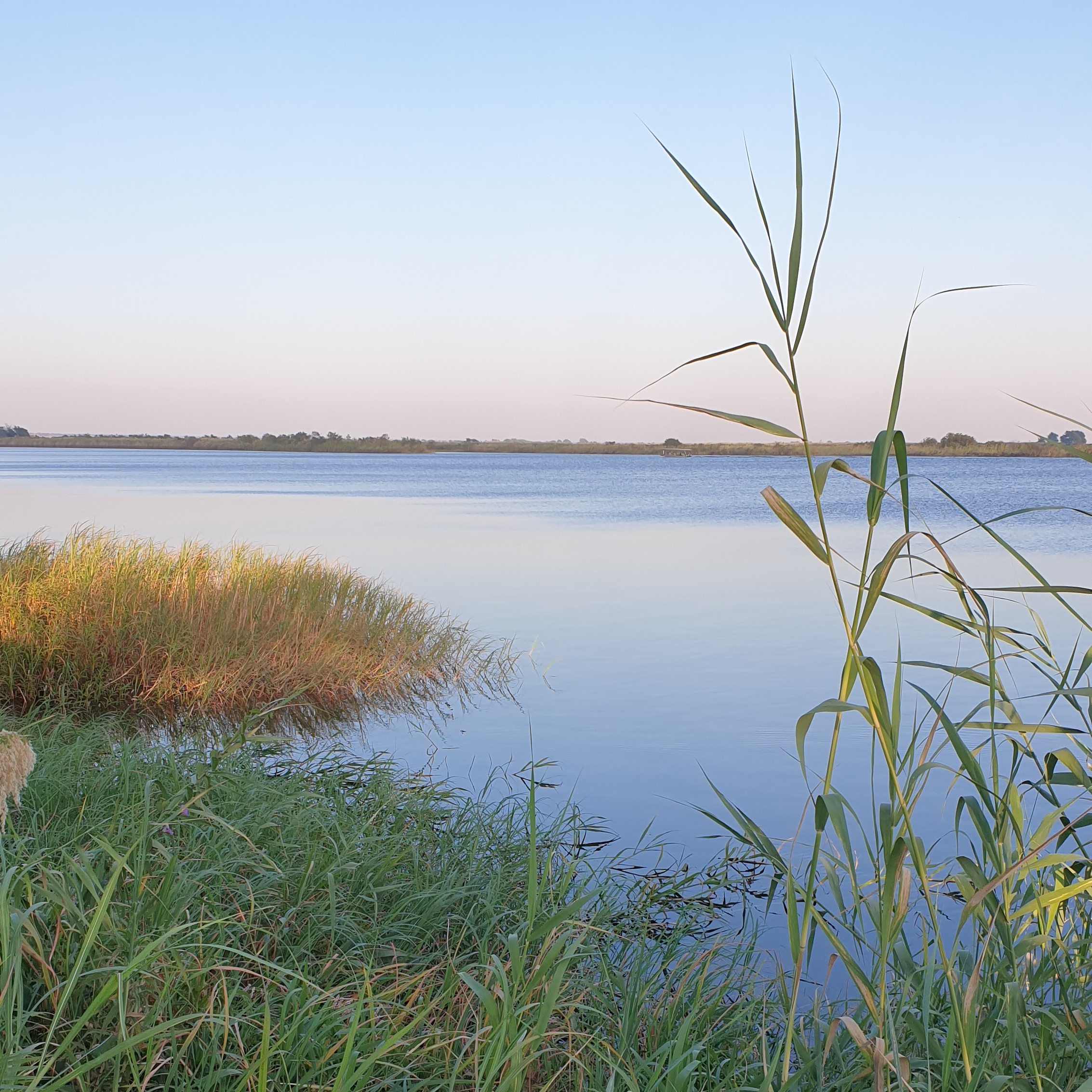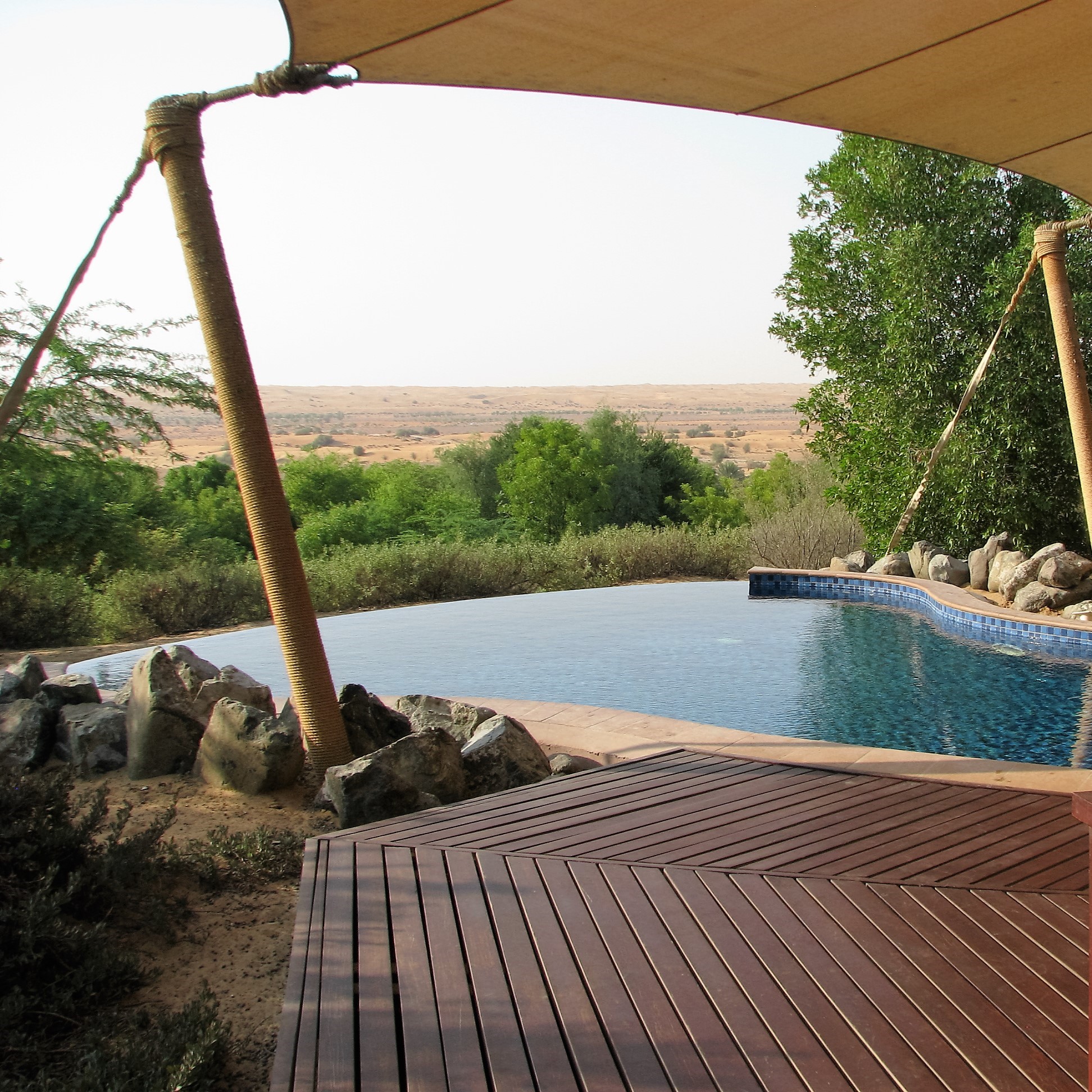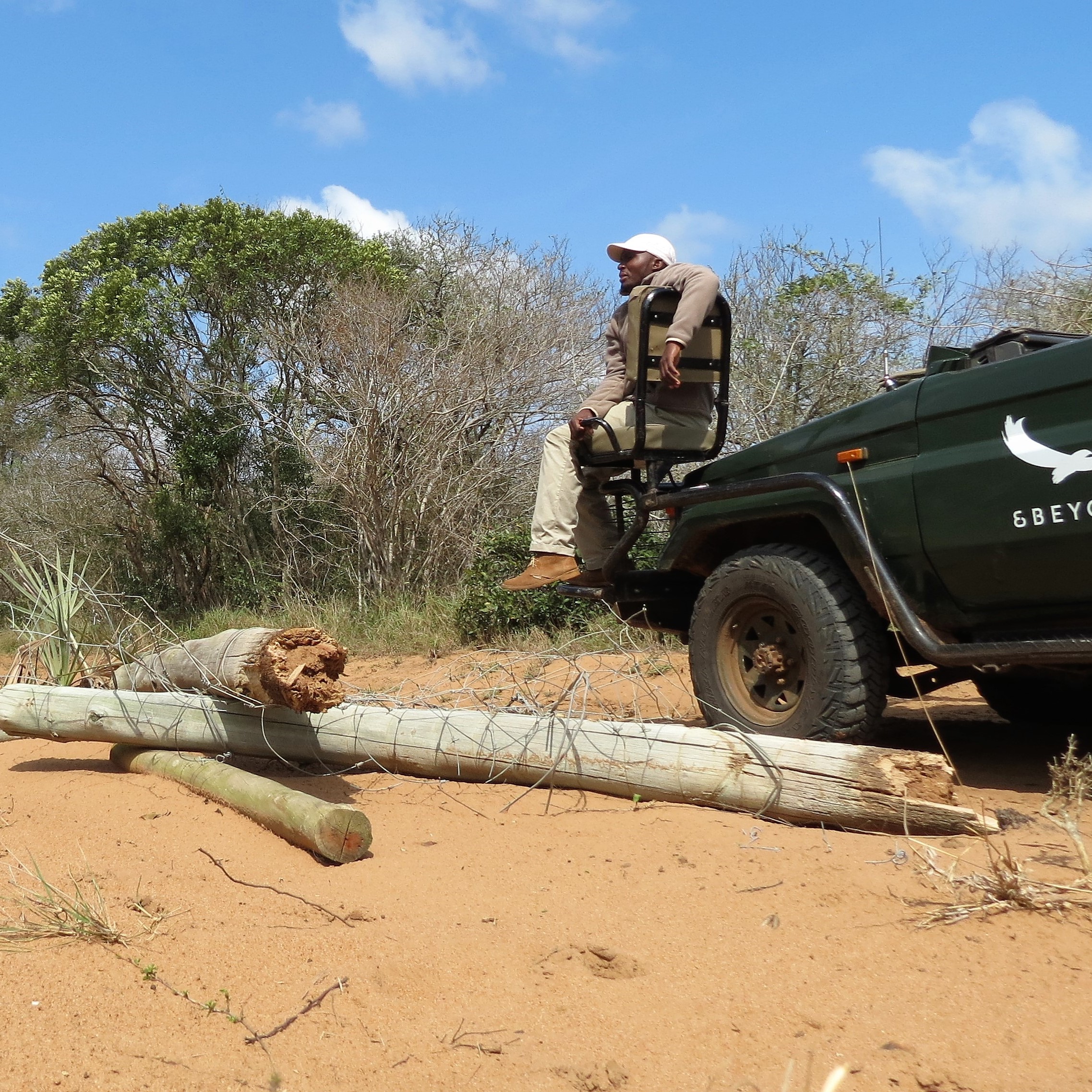I love a road trip. The planning, the lists, the packing, and even the long drive. Thankfully my hubby does too and is happy for me to just be navigator and passenger. And we were road-tripping to Nata Lodge in Botswana. A good 1000km and 12-odd hours later from Durban and we finally crossed the Limpopo River at the Martin’s Drift Border Control into Botswana. Our adventure had officially begun. Yay!
One noisy night in a tent at Kwa Nokeng later – the trucks continue way into the night and begin way before sunrise, but we didn’t mind as an early start was called for anyway – and we were on our way. We chose to bypass the town of Palapaye, taking the scenic route through Selebi Pikwe towards the main A1 route to Francistown where we stopped for a break and to draw Pula at an ATM. From there it was onto a dreadfully potholed section of the A3, the main route for trucks crossing into Botswana from Zambia over the relatively new Kazungula bridge. It required us to have our wits about us as we maneuvered between potholes, some of which would almost swallow a small car! And dodged heavies hurtling in our direction. Definitely not a route one would want to undertake after dark.
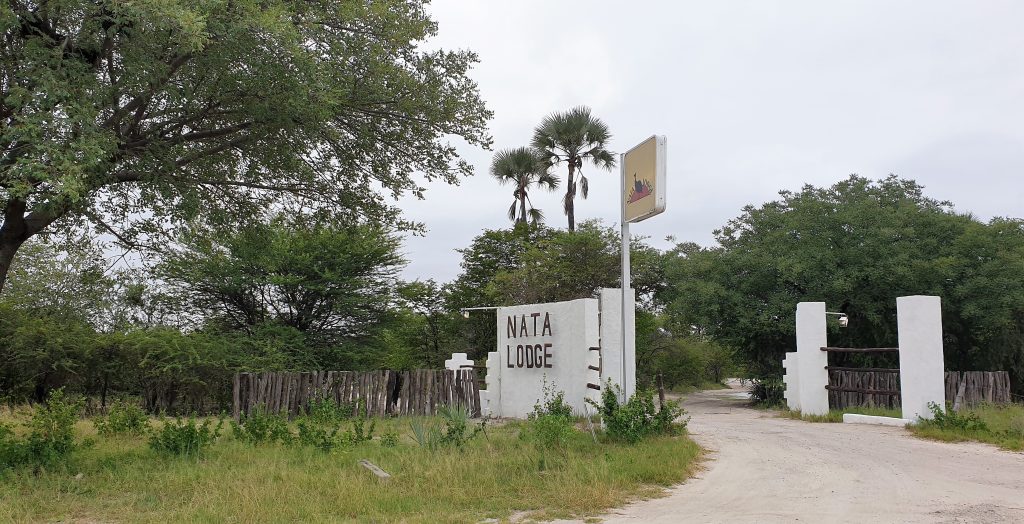
So, as you can imagine, it was with much relief that we turned right and through the gates into Nata Lodge, an oasis of green within the dry and desolate Makgadikgadi landscape. The welcome is warm and the atmosphere relaxed, we enjoy a chilled drink under the dappled shade of a marula tree before heading to our comfortable and luxurious wooden chalet with its gleaming wooden floors, open beams and thatched roof.

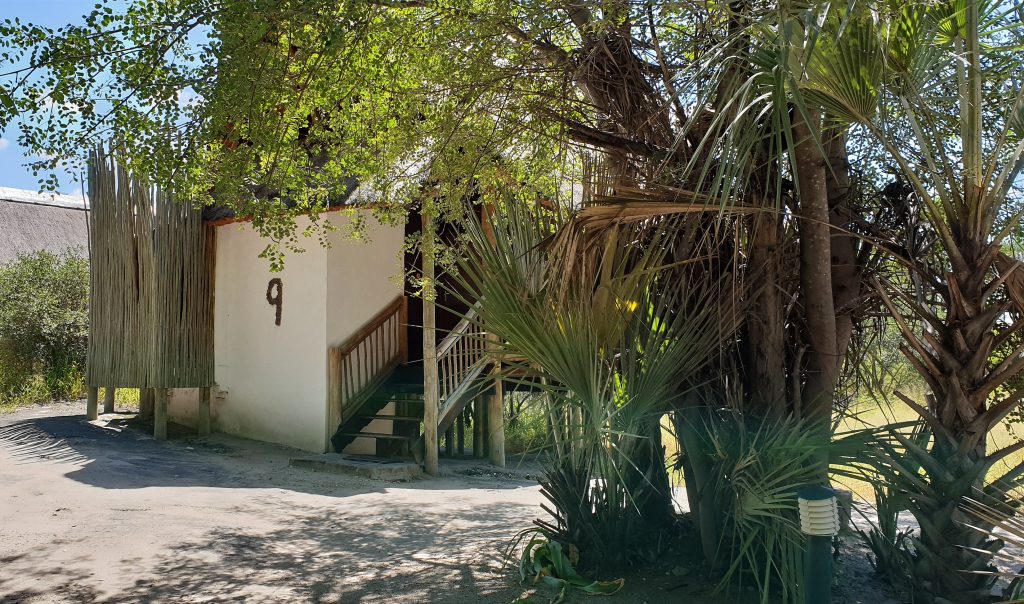
As inviting as the sparkling pool is, we opt for a stroll around the treed grounds. Arrow-marked babblers scratch around in the undergrowth, and we hear the high-pitched call of a Meyers parrot, but it remains elusive. Mokolane palm leaves rustle in the gentle breeze, the sandy road is littered with ripening marula fruit and grey go-away birds clamber through the trees and surrounding bush – their nasal “g’wa-ay” a familiar sound for those accustomed to the bush.
The secluded camp sites are ready and waiting for the holiday season, I note the clean and spacious ablutions – something most, if not all campers, especially us ladies, appreciate. For those less inclined to roughing it and prefer glamping, there are the well-appointed Meru-style safari tents on raised wooden platforms.
No stay at Nata Lodge is complete without a visit to Nata Bird Sanctuary and the Makgadigadi salt pans for sundowners. We hop onto an open game-viewing vehicle with our guide Pako for the short drive along the main road to the sanctuary.
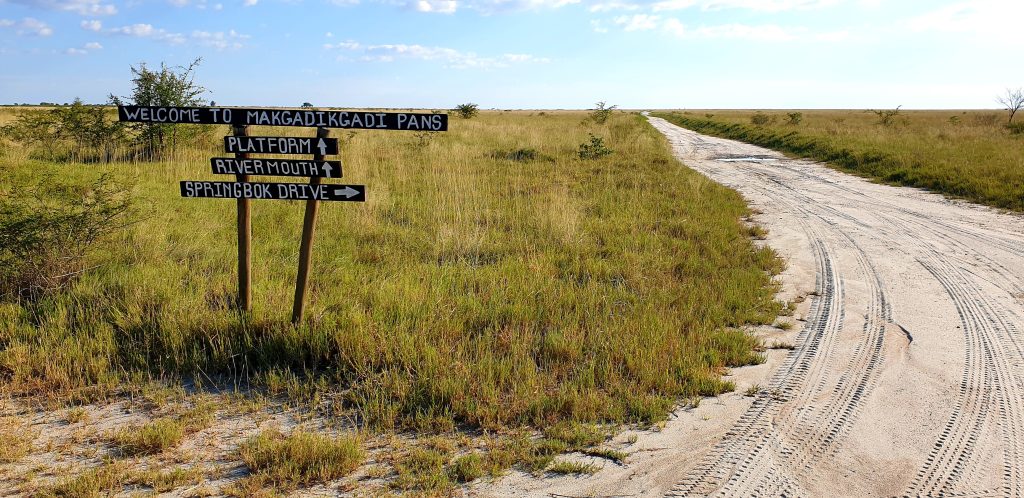
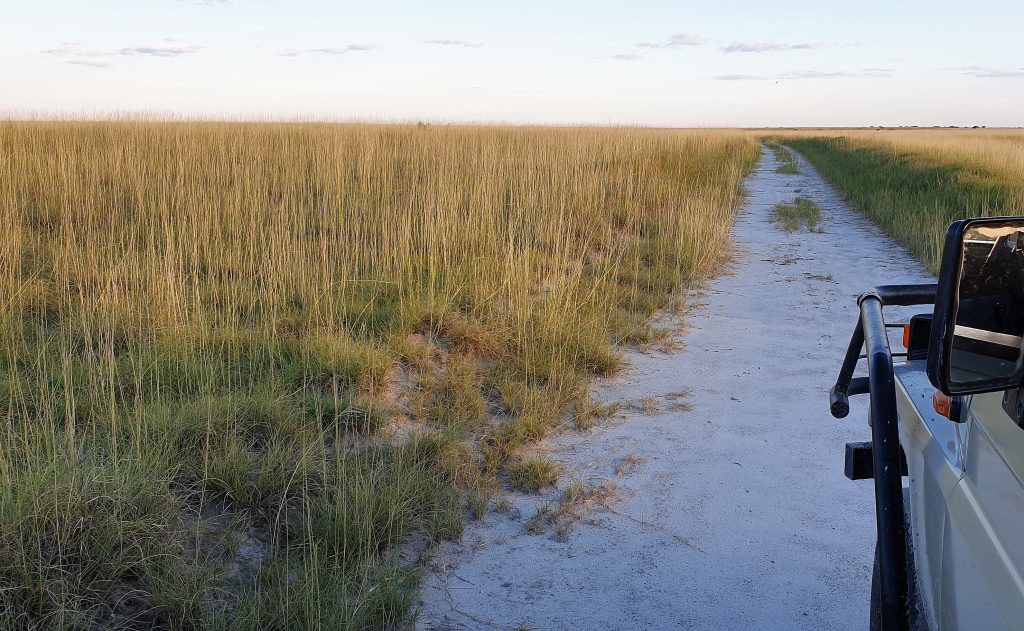
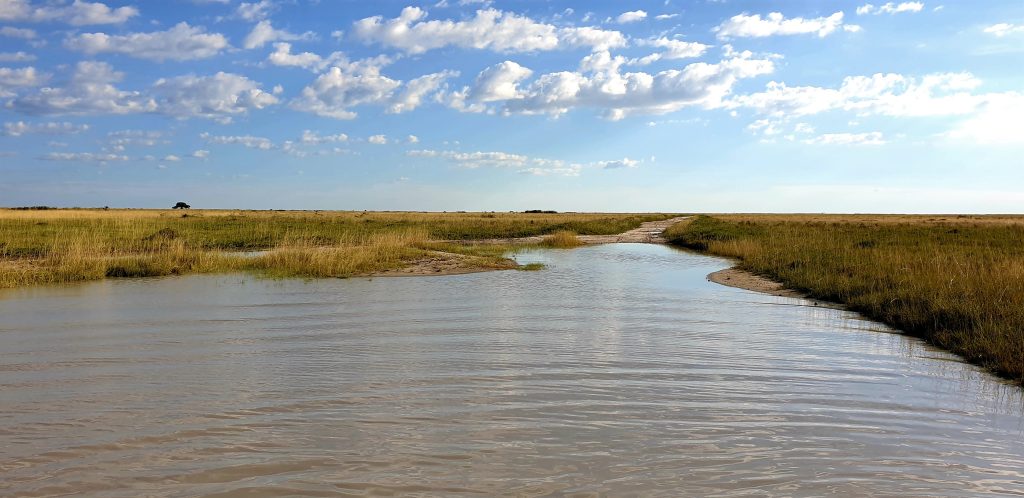
The Nata Bird Sanctuary was Botswana’s first community-based conservation project which is managed by the residents of four local communities; Nata, Sepako, Maposa and Manxotae, all of which benefit from the proceeds from gate entry and campsite fees. Located on the eastern tip of the Makgadikgadi Pans and encompassing an area of 230 square kilometres, the sanctuary was founded in 1988 to conserve and preserve the wildlife and abundant bird species and has been recognised by UNESCO as one of the ‘largest breeding sites of lesser and greater flamingo in the world’ and a site of international importance.
I am struck by the astounding contrast to the treed oasis of Nata Lodge, the road leads us deeper into the sandy desert with its grassy plains, abundant pans and a horizon that seems to stretch forever. Pako explains that hundreds of thousands of years ago it was once a vast lake fed by the Okavango, Zambezi and Cuando rivers. Time and tectonic activity halted their flow, with the inflow to this region now coming from seasonal rainfall and river flows from the Nata, Tutume, Semowane and Mosetse rivers which flow directly into Sowa Pan – which is also sometimes referred to as Sau Pan.
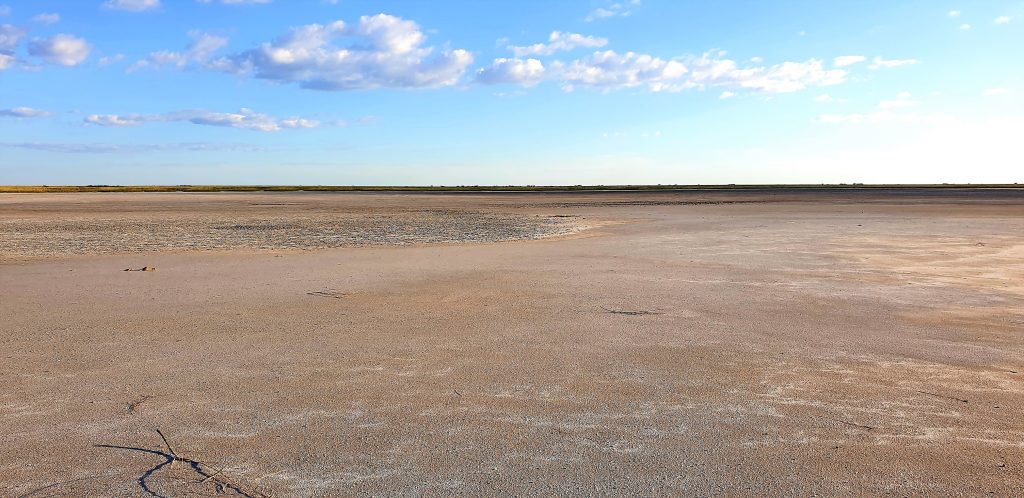
We learn that the name ‘Nata’ means ‘Wow!’ in the local Basawara (also known as the San, or bushmen) language, and that the Nata River was so named because of the vitality and life it brings to the arid region. Being here in the midst of this spectacular landscape I can understand their sentiment.
It’s the tail-end of the rainy season and the surrounding grasslands are lush and green, there is still plenty water around, but some pans are drying out offering us a glimpse of what the shimmering white expanse of the dry season must be like. A pair of black-backed pause to check us out, unperturbed by our presence they continue across the dry pan, and a kori bustard walks slowly through the grass foraging for insects. Pako tells us that in addition to being Botswana’s national bird, it is also Africa’s largest and heaviest flying bird.


We stop for a moment alongside one of the larger dry pans, the salt encrusted ground crackles underfoot, we pick up lumps of salt – I crumble one and taste it… yep, it’s salty! I am amazed that the vegetation, let alone the wildlife survives in this harsh environment. There are clumps of prickly salt grass (Odyssea paucinervis) on the fringe of the pan, which Pako tells us, can cope with the high levels of salinity. The grasslands consist primarily of a silky finger-like grass of the Digitarias species, and buffalo grass, which provides welcome grazing for the herbivores.

Clumps of Aloe hoodia, dot the grassland – this plant, known locally as bushman’s cucumber, the fleshy inside was eaten by the bushmen as an appetite suppressant when they were going hunting, enabling them to travel long distances without feeling hungry or getting thirsty. A plant that is now grown commercially for use as a supplement in the slimming industry – and a contentious subject where the rights of local IP is concerned.
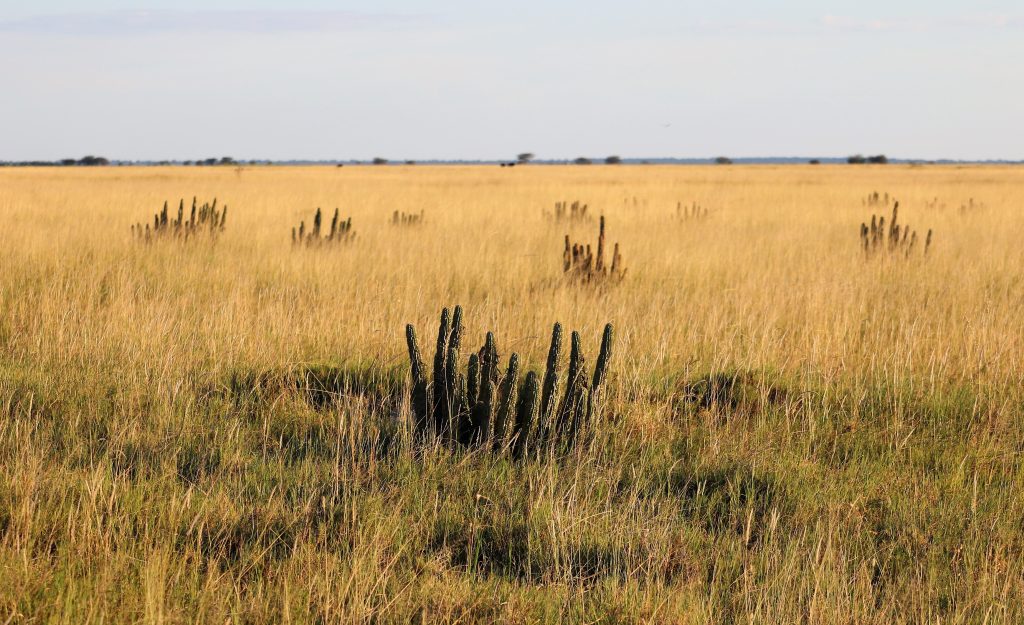
A helicopter bird, or northern black korhaan, struts along the edge of the pan, pausing to check us out before taking to the air, then hovering like a helicopter before plummeting to the ground. Wildebeest graze in golden hour’s light, a few flamingos feed, head down, searching for brine shrimp, and lone ostrich lays down on the sand, enjoying its warmth.

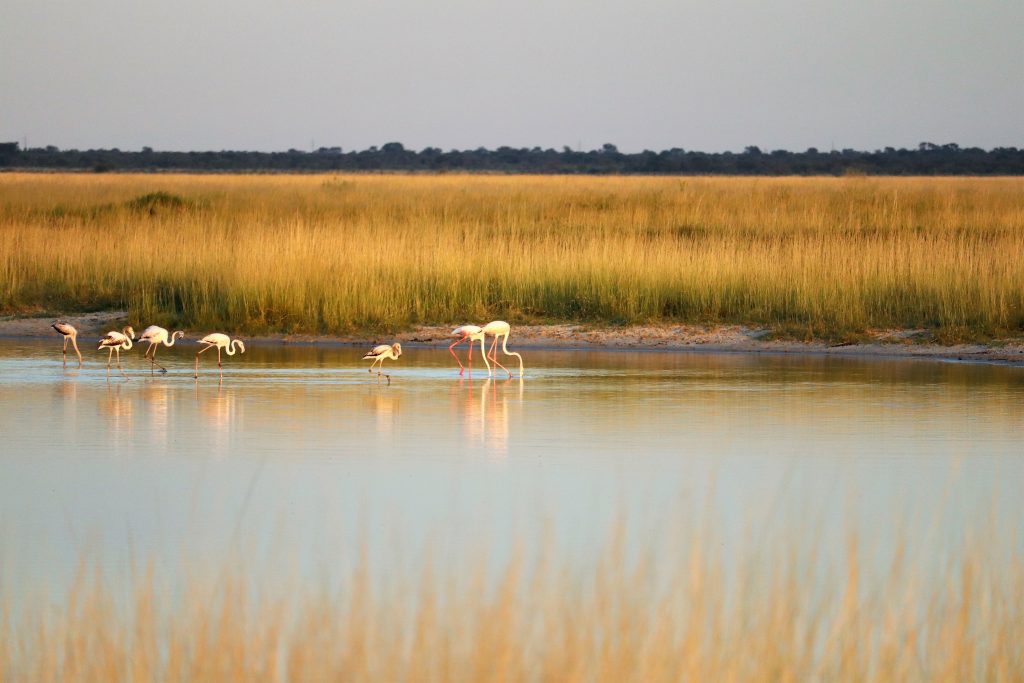
The vast expanse of Sowa Pan stretches out before us and the sun is dipping towards the horizon… it’s sundowner time, and the chilled Savanah light that Pako offers is most welcome. The water level has dropped considerably from its wet-season high, and the waves lap gently against the shoreline. I watch a couple of flamingo fly overhead and imagine how spectacular the dazzling pink of thousands must be.
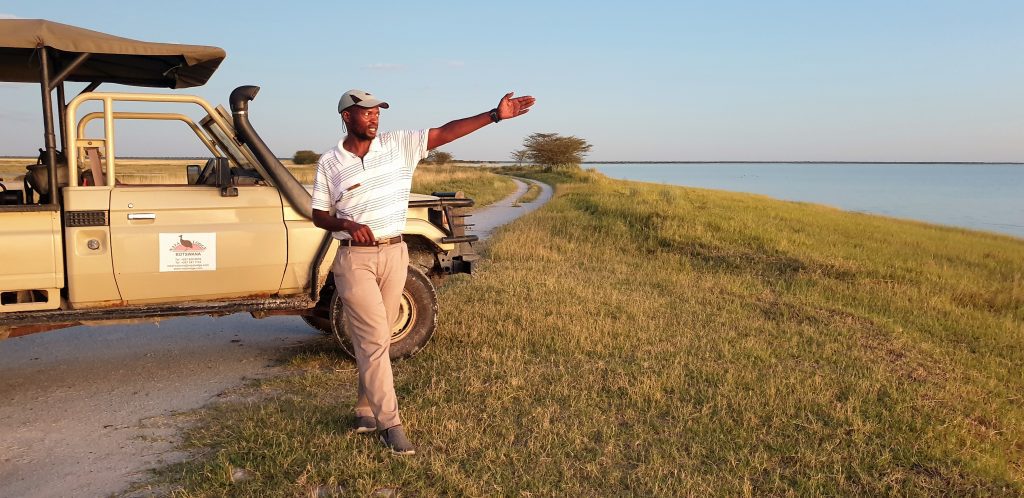
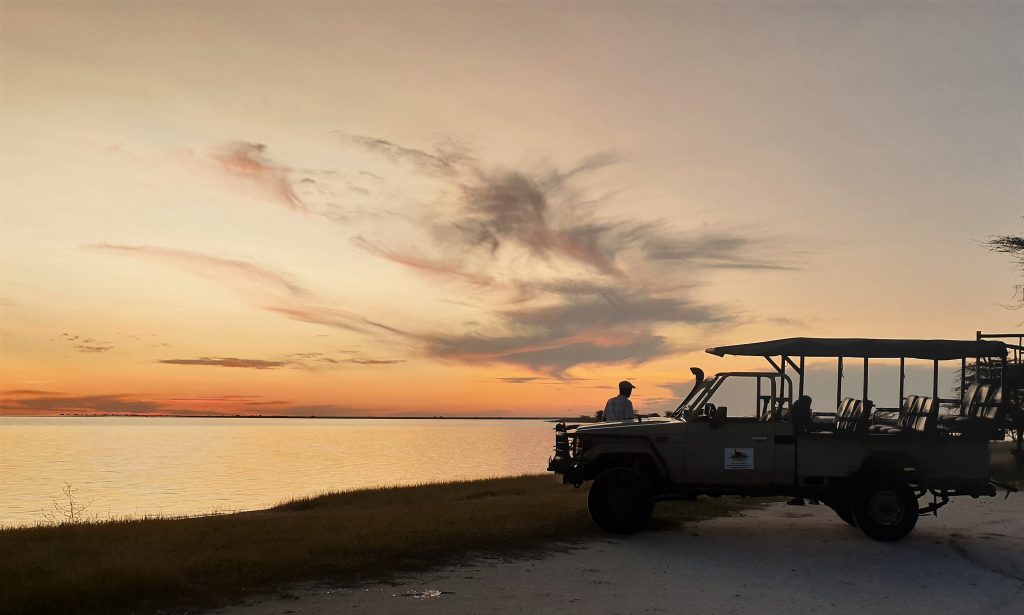
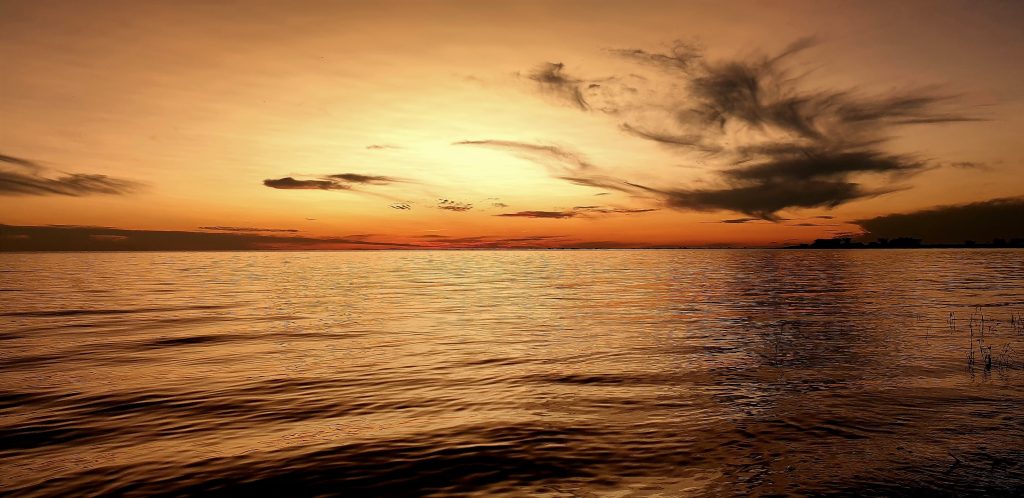
The sky darkens to indigo and the clouds a vibrant orange, we head back slowly in the hope of seeing a bat-eared fox, aardwolf or marsh owl, but to no avail. Just more reason to plan another visit…
Another activity that will have to wait for the next visit is a visit into Nata village with a local resident. Explore the sprawl of dusty tracks that wind between mopane trees and grasslands of the Makgadikgadi for a glimpse of local life, visit a Kgotla, a traditional meeting place that’s at the core of Batswana culture and is a significant site within any village. Visit a traditional homestead, the local clinic and school, and there may even be an opportunity to meet a talented basket-weaver and get to appreciate the skills required to create their beautiful craft.
Back at Nata Lodge we choose to head straight to the restaurant for dinner, the vibe is relaxed and the food delicious – the slow-cooked beef oxtail was prepared to perfection and served with rice and vegetables, accompanied by a glass (or two) of red wine. Just what a weary traveller needs.
Back in our chalet the thought of soaking away the day in the claw-foot bath seems inviting, but the thought of a shower outside under the stars wins out. The night air a nice contrast to the steamy shower, a lovely prelude to slipping beneath the sheets of our fabulously comfortable king-sized bed, safely ensconced beneath the cloud of white mozzie net. I fall into a deep sleep with the air-conditioner humming quietly in the background.
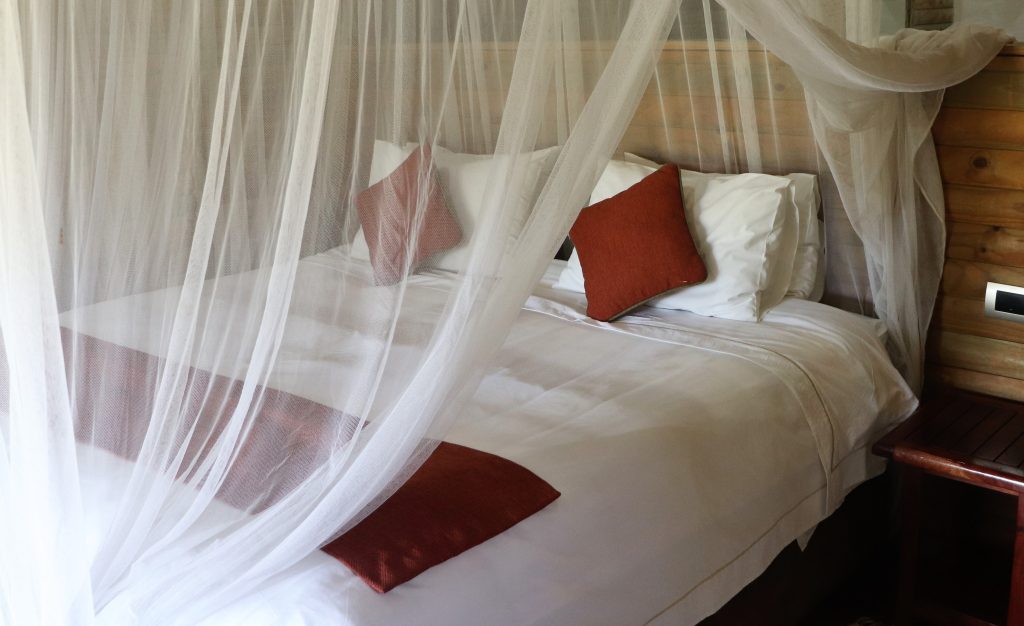
The dawn chorus is enough to draw even the most reluctant out of bed, but as avid birders we are up before most, and after a quick coffee we head out with camera and binocs in hand. A terrestrial brownbul forages in the thick bush and red-billed firefinches flit from one branch to another, the synchronized duet of hollow hoots from a male tropical boubou fills the air. There’s something very special about the birdsong one hears when walking in the relative cool of the morning…


We hear the now familiar call of the Meyers parrot and helmeted Guinea fowl, a crested francolin scratches around in the dirt and a pretty speckled pigeon roosts beneath the rafters of one of the chalets. And finally, in a large monkey-thorn, my hubby spots a Meyers parrot, its grey feathers, turquoise belly, blue rump, and bright yellow markings on the top of the wing distinctive. All this and we haven’t even had breakfast yet.
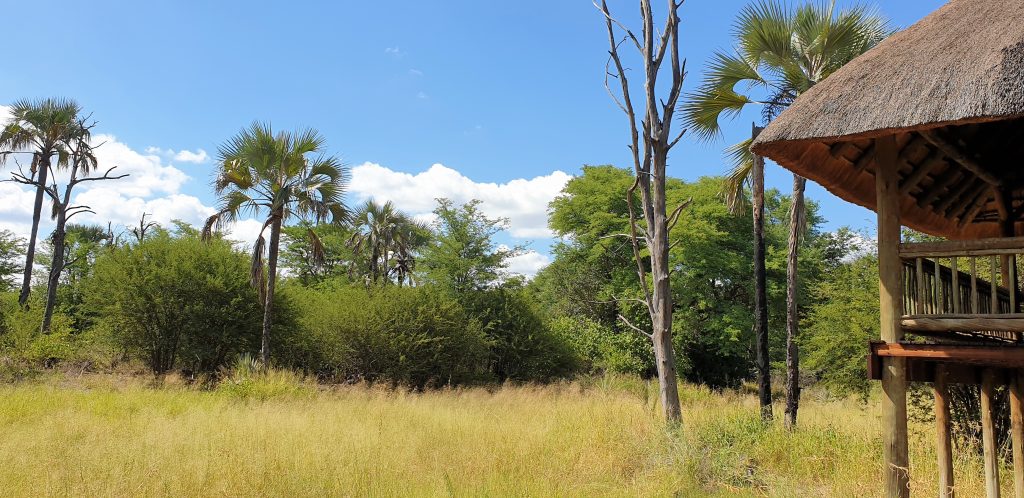
As we’re packing our vehicle, in readiness for the next leg of our journey, we hear the mournful call of a grey-headed bushshrike… it seems it’s as sad to see us go as we are! But thankfully we’ll be back.
Click HERE to read the article in the digital mag : )
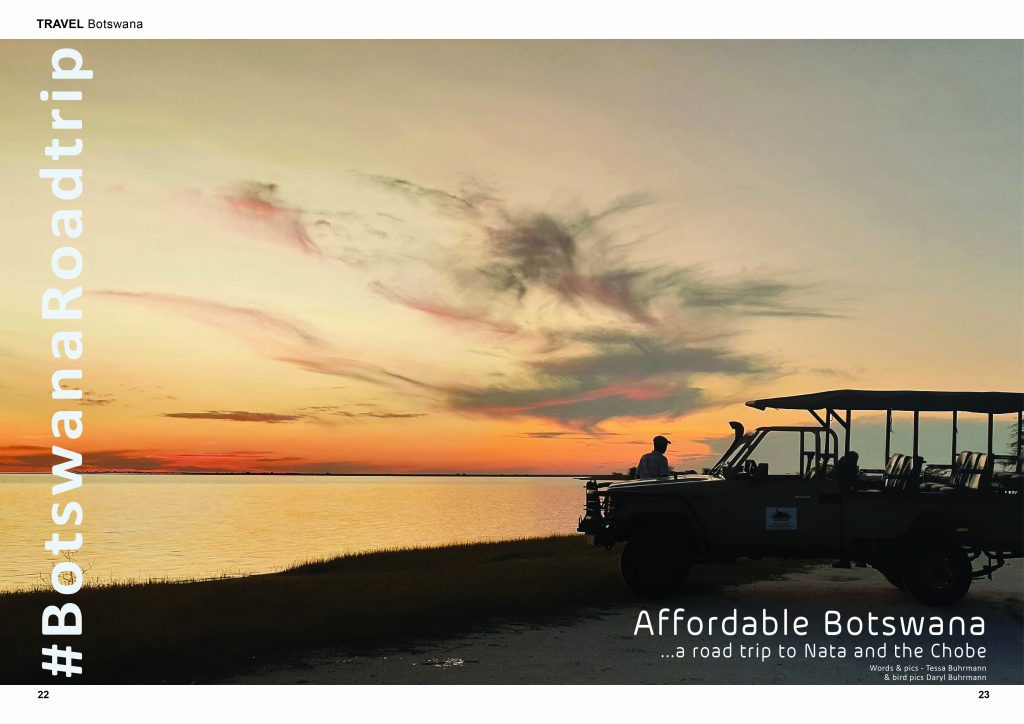
Read part two of ‘Affordable Botswana – a road trip to Nata and the Chobe’ in the next edition…
We were hosted at Nata Lodge by One Botswana Sky



